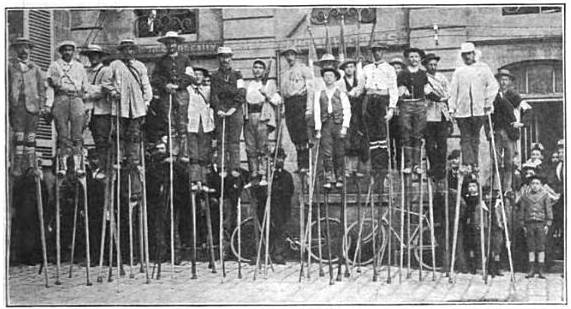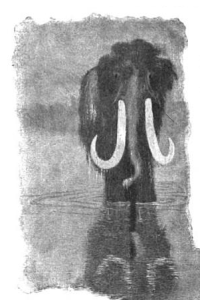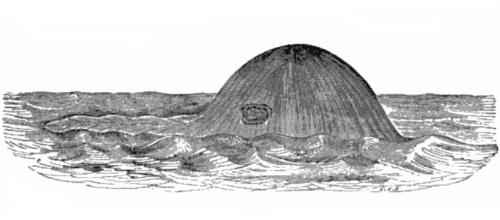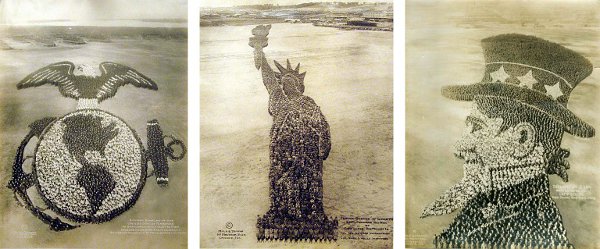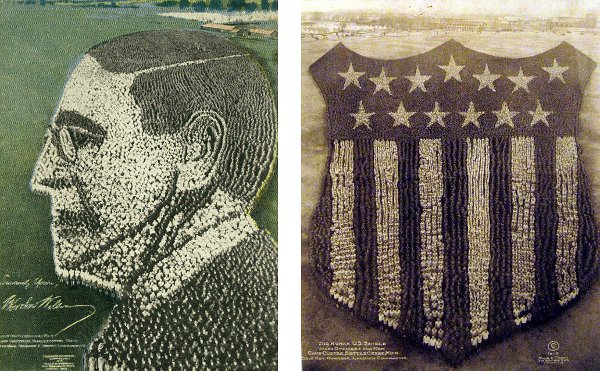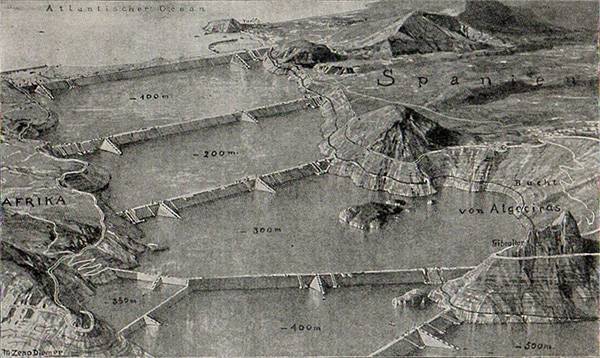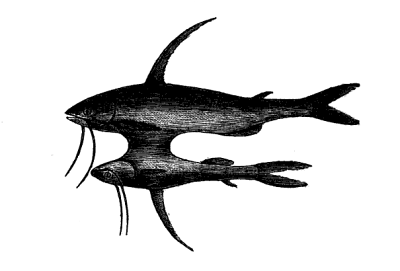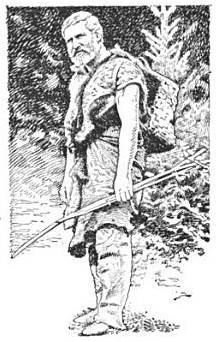The following extraordinary accident occurred about five o’clock on the morning of Friday, the 14th of November, 1817, in Caermarthen: — As a drove of oxen were passing through Spilman-street, one of them strayed to the Castle-green, whence, in his headlong course, he fell over the precipice facing the bridge, upon a house, of which the inhabitants were asleep in bed. It will naturally be supposed, that the terror and alarm excited on the occasion were great. Fortunately, however, part of the roof fell in, while the ox was balancing athwart a beam, exactly over a bed, in which were two children, fast asleep, and who were awakened by a rafter falling upon the bed. The parents had hardly removed these poor children from their perilous situation, when the beam, giving way, fell with its burden upon the bed. Notwithstanding all the alarm and bustle created by this occurrence, we are happy to add, no personal injury was sustained on the occasion; and what is remarkable, the ox does not appear to have suffered materially from this extraordinary descent.
— Gloucester Herald-Times, Nov. 27, 1817
In Inverness in 1954, a cow escaped an auction market through an unsecured gate, climbed a stairway over a shop, fell through the floor, and in her struggles turned on a tap, which flooded the shop.
The shopkeeper sued the auctioneers, but the judge declared himself “forced to the conclusion that a gate-crashing, stair-climbing, floor-bursting, tap-turning cow is something sui generis, for whose depredations the law affords no remedy unless there was foreknowledge of some such propensities.”

